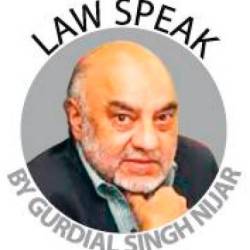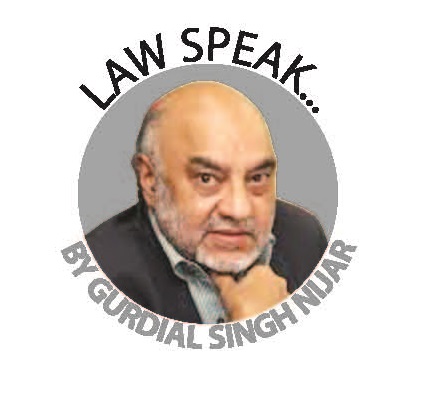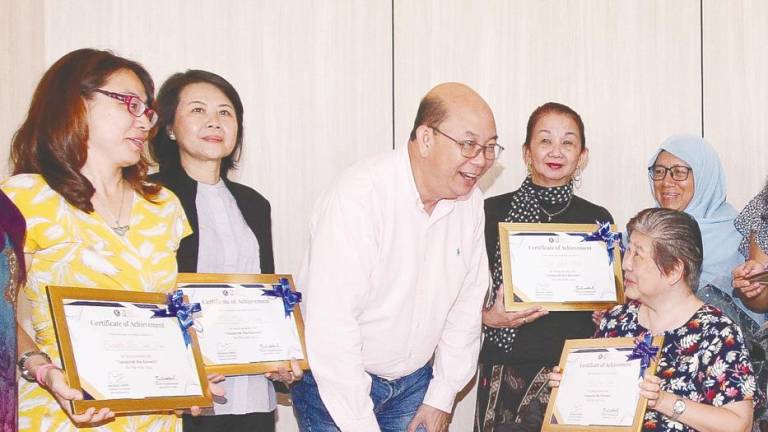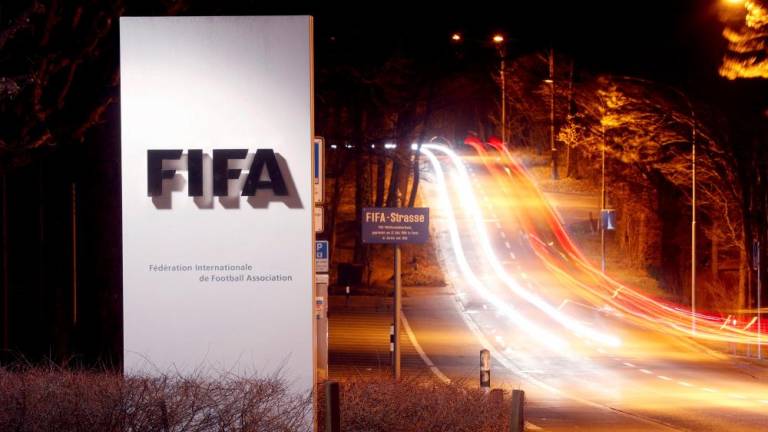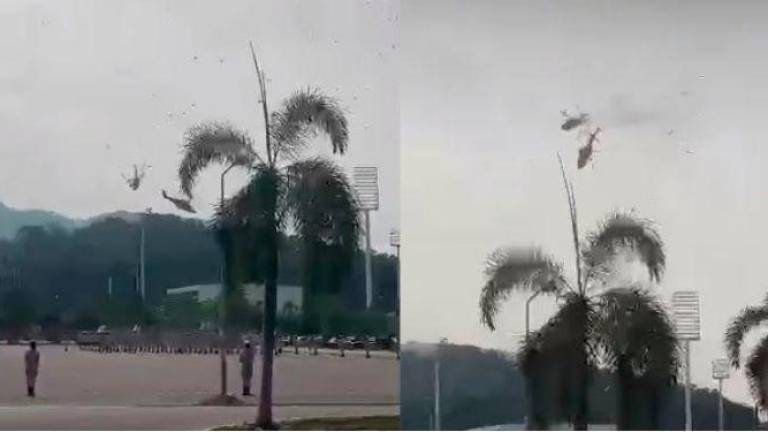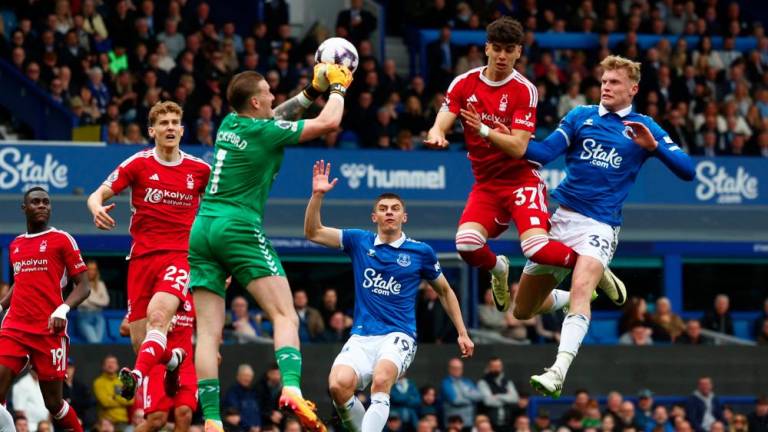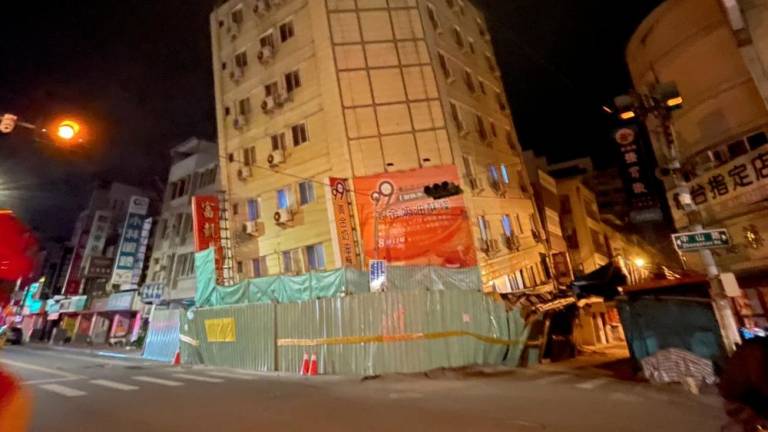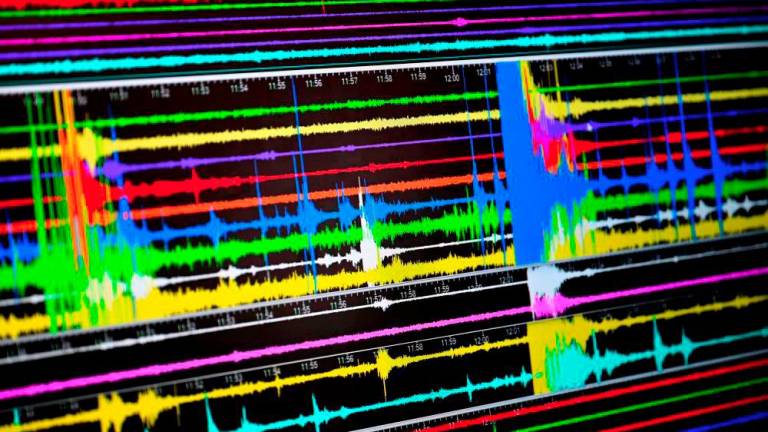TECHNOLOGY has advanced such that you can superimpose somebody’s face over another’s. By cutting and pasting. A video can then be easily made and circulated. With disastrous consequences for the victim: reputation damaged, careers destroyed, lives ruined, mental and physical health impaired.
Welcome to “deepfake” – combining “deep learning” and “fake”.
This is done through computers – using an application by which a machine can complete tasks that were previously done by humans. This is artificial intelligence (AI) at work – able to produce precise and sophisticated (albeit artificial) images. And there is little you can do to control this from happening; as the highly paid Hollywood actress Scarlett Johansson lamented. The subject of a fake porno video, she told the Washington Post that “nothing can stop someone from cutting and pasting my image or anyone else’s onto a different body and making it look as eerily realistic as desired. There are basically no rules on the internet because it is an abyss that remains virtually lawless.”
And it is not really illegal. The film industry, for example, uses it to paste the face of an actor on another stunt man. You think the actor is doing the stunt. In fact he is not.
This new technology was started in December 2017 when an anonymous Reddit (social news website and forum) user started a viral phenomenon by combining the machine learning software and AI to swap porn performers’ faces with those of famous actresses.
Deepfake even has security implications. Because convincing, but false, images can influence campaigns or trigger a state to act against another country. A war could easily result. So no need to furnish false “weapons of mass destruction” evidence to mount an illegal war! And it could be a global security threat if used by adversaries and strategic competitors against a country, as the US director of National Intelligence testified to the Senate Select Committee on Intelligence.
Foreseeably, the proliferation of deepfake videos could become powerful ways to spread more disinformation and distrust.
Are there laws to deal with deepfake?
First, in common law jurisdictions like the US, UK, and yes, Malaysia too – the victim of a deepfake creation may be able to sue the creator in civil proceedings. The claimant must prove that he or she is represented falsely and in a way that would be embarrassing or offensive to the average person.
If used for commercial purposes, then too civil action can be brought based on the misappropriation or the right of publicity. Example: the great-grandson of Mahatma Gandhi has taken steps to prevent the misuse of his great-grandfather’s name or image in advertising, such as in the marketing of meat products, lingerie, weapons or alcohol. If used for commercial purposes, permission is contingent upon payment to the Mahatma Gandhi Foundation.
But this right to protect a person’s image or likeness from unauthorised commercial exploitation is not universally recognised.
A victim may also be able to sue for the intentional infliction of emotional distress, cyberbullying, or even sexual harassment.
It may also expose the creator and distributor to criminal prosecution. Police investigations have already started against one of the persons allegedly featured in the sex video. Under the Penal Code: for sodomy, for allegedly distributing pornographic materials, and for alleged “intentional insult with intent to provoke a breach of the peace”. Under the Communications and Multimedia Act: for alleged improper use of network facilities. All punishable with hefty jail terms and fines.
But there are serious practical obstacles to overcome.
First, it may not be easy to establish the creator of the video, especially by individuals in civil proceedings. What if the creator is located outside the country?
Further, a victim could ask the internet company to remove the deepfake. Or face “online intermediary liability”. But this has its own difficulties too complex to discuss here.
Could an action lie under the Personal Data Protection Act 2010? This Act is meant to be the vanguard of protection for information collected of an individual. But it only protects against the inappropriate use of personal data for commercial purposes. There is no provision that specifically addresses the issue of online privacy. Nor does it apply to personal data processed outside Malaysia.
Second, the creator may claim the right of free speech or creative expression. The offence under the Communications and Multimedia Act – for transmitting offensive material online – has been held as unconstitutional in countries such as India and Canada. Especially if the deepfake victim is a political or public figure. Or depicts a satirical cartoon or parody?
It may of course be much easier to prove if the deepfake is outrageously obscene (as in the present controversial video); or incites actual criminal behaviour.
This prompts the need to regulate deepfakes. In England advertisements that show airbrushed images of famous actresses to promote products have been banned on the ground that they portray misleading results of using those products.
As for the wrongdoers of these vile deepfake deeds: in the remorseful words of Shakespeare’s Richard III on the evening before his downfall and death: “O no, alas, I rather hate myself/ For hateful deeds committed by myself/ I am a villain”.
Gurdial believes that the truth will set you free. Comments: letters@thesundaily.com



